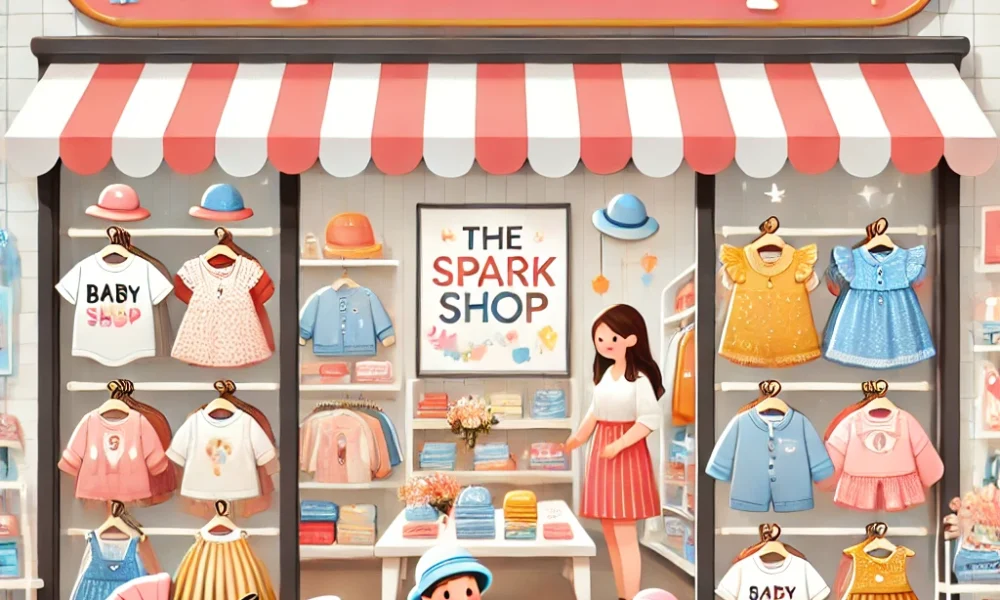In a world filled with small yet profound gestures, clothing often acts as a canvas for self-expression, solidarity, and sometimes, quiet reassurance. Among the many quirky and thought-provoking garments out there, one item has risen to unexpected prominence: the “Dear Person Behind Me” hoodie. If you haven’t seen one yet, it’s a sweatshirt adorned on the back with kind and encouraging messages directed at whoever happens to be standing behind the wearer. It’s a simple concept, but its impact is anything but simple.
This blog celebrates the meaning, history, and resonance of the “Dear Person Behind Me” hoodie—why it’s more than just a trend and how it’s cultivating meaningful connections in an otherwise detached world.
The Rise of Affirmative Apparel
Fashion has long been more than just a means to keep warm or stay stylish. Over centuries, humans have used clothing to project their beliefs, personalities, and identities. The graphic tee era of the 1970s and 80s transformed what was once solely artistic into messaging platforms: from protest slogans to niche jokes, clothing became a way of declaring who you were and what you cared about.
Enter the “Dear Person Behind Me” hoodie. Designed with introspective kindness in mind, these hoodies usually feature messages that begin with “Dear Person Behind Me,” followed by a sentiment such as:
- “You matter.”
- “Everything will be okay.”
- “You are loved.”
- “You’re doing amazing today.”
Their appeal is obvious: they feel personal, yet they require no actual words exchanged between wearer and reader. In a society where small interactions are often lost to the glow of our phone screens, the hoodie acts as a gentle nudge—a reminder of humanity, solidarity, and positivity.
Why It Resonates
- Acts of Quiet Kindness
Not everyone feels comfortable being loud about their compassion. A hoodie like this is the perfect way to spread goodwill while maintaining the quiet dignity of introversion. It’s a way of speaking without speaking—a modest rebellion against cynicism. - Anonymous Encouragement
One of the most striking aspects of this hoodie is how anonymous it feels. To the person behind you, this message could mean anything: a pick-me-up on a tough day, a serendipitous moment of validation, or simply a smile. Unlike typical interactions that require acknowledgment or reciprocity, this gift of words demands nothing in return. - Universal Inclusivity
Regardless of age, race, gender, or status, the “Dear Person Behind Me” hoodie transcends divisions. It doesn’t single out a demographic or speak to a niche—it’s a reminder of collective human worth, aimed at everyone and anyone who happens to glance its way. - It’s Relatable
We all have days when our mental load feels heavier than we can carry. A stranger’s kindness, however fleeting, can mean the world. These hoodies offer precisely that: a fleeting but impactful pause for someone who might need it.
Beyond Words: What It Represents
This hoodie does more than just deliver heartwarming lines—it represents a societal push toward mindfulness, community, and self-awareness. In the age of toxic comparison, heightened stress, and increasing loneliness, wearing this hoodie is a declaration that kindness still matters, that we’re all capable of small gestures, and that even the simplest act has value.
The hoodie can also spark conversations. While the message is directed to the person standing behind the wearer, these messages often lead to exchanges like:
- “I love your hoodie!”
- “That’s exactly what I needed today. Thank you!”
These brief interactions foster a sense of connection that’s so vital, particularly in a fast-paced world.
Real Stories of Impact
Some wearers of the “Dear Person Behind Me” hoodie share personal anecdotes of its impact:
- A student wearing the hoodie during finals week noticed someone in the library stopping to smile after reading it. That silent exchange of positivity lingered for both.
- A runner sporting the hoodie on their morning jog said that passersby would visibly brighten, with some even calling out, “Love the message!” as they went on their way.
- On a subway commute, a hoodie helped break the otherwise stony silence between passengers when someone said, “I really needed to hear that today.”
These are small moments but incredibly powerful ones—a testament to how a little thoughtfulness can make waves.
Fashion Meets Mindfulness
Beyond its purpose and impact, the hoodie also appeals because of its thoughtful design. Typically made with cozy fabrics, minimalistic fonts, and muted tones, it feels approachable rather than overly flashy. Its aesthetic makes it wearable while allowing the message to remain front and center.
Additionally, in a world that is increasingly scrutinizing the environmental impact of clothing, some brands producing these hoodies opt for sustainable practices. Whether made from organic cotton or ethical production lines, these garments align with the ideals of positivity and care for more than just people—they extend their values to the planet as well.
Wearing Kindness on Your Sleeve
When you throw on a “Dear Person Behind Me” hoodie, you’re choosing to become part of a movement—no matter how small—that advocates for gentleness. You don’t know the story of the person reading the back of your hoodie. You don’t know the struggles they’ve faced, or what’s on their mind as they spot those few comforting words. But that’s the beauty of it.
Without needing to see or know the impact, wearers trust that their message may spark hope, joy, or simply the realization that someone somewhere—though indirectly—cares.
In Closing
The “Dear Person Behind Me” hoodie may seem like a simple fashion trend on the surface, but its layers of meaning run deep. It’s a reminder of our shared humanity, the importance of small acts of kindness, and the need for moments of mindfulness in everyday life.
So, the next time you spot one on the street, in a coffee shop, or during your daily errands, take a moment to smile. And if you feel the pull, perhaps consider donning one yourself. Because we could all use a little reminder that someone cares—and there’s no better place to share that message than right behind us.










